This year, Apple showed the first increase in MPx for the iPhone 14 Pro models since 2015, when the camera in the iPhone 6S jumped from 8 MPx to 12 MPx, at which it froze for quite a long time. In the context of the competition, it seems that even the 48 MPx cannot stand up. But is it true?
For 7 long years, Apple just got bigger. The individual pixels grew along with the sensor and it cannot be said that the 12 MPx in the iPhone 6S is the same 12 MPx as in the iPhone 14 (Plus). Apart from the hardware improvement, a lot was also happening in the background, i.e. in the area of software. Now it looks like Apple will stay with the aforementioned 48 MPx for its iPhones for a relatively long time, and it doesn't care what direction the competition is taking. Even the experts proved him right.
It could be interest you

200 MPx is coming
Samsung has 108 MPx in its flagship Galaxy S line, which is also available in the current flagship Galaxy S22 Ultra. But it is definitely not the phone that has the most MPx. The company itself already released a 200MPx sensor last year, but it has not yet had time to deploy it in any of its models, so it is not expected until the beginning of 2023 in the Galaxy S23 Ultra model. But it doesn't mean that other brands don't use it.
Samsung not only manufactures smartphones, but to a large extent also their components, which it sells to other companies. After all, Apple supplies, for example, displays. Likewise, its high-end ISOCELL HP1 camera was bought by Motorola, which used it in the Moto Edge 30 Ultra. And she is not the only one, because the portfolio with this sensor with such a huge resolution is increasing. For example, the Xiaomi 12T Pro also has it, and it is expected that the Honor 80 Pro+ will also ship with it.
It simply seems that some mobile phone manufacturers are targeting these resolutions in their flagship products in the first place - marketing is a nice thing to be able to tagline: "The first smartphone with a 200MPx camera," is simply a clear advantage. In addition, the layman can still think that more is better, even if this is not quite true, here it would be more appropriate to say that bigger is better. But the question is whether the sensor as such or just one pixel.
It could be interest you
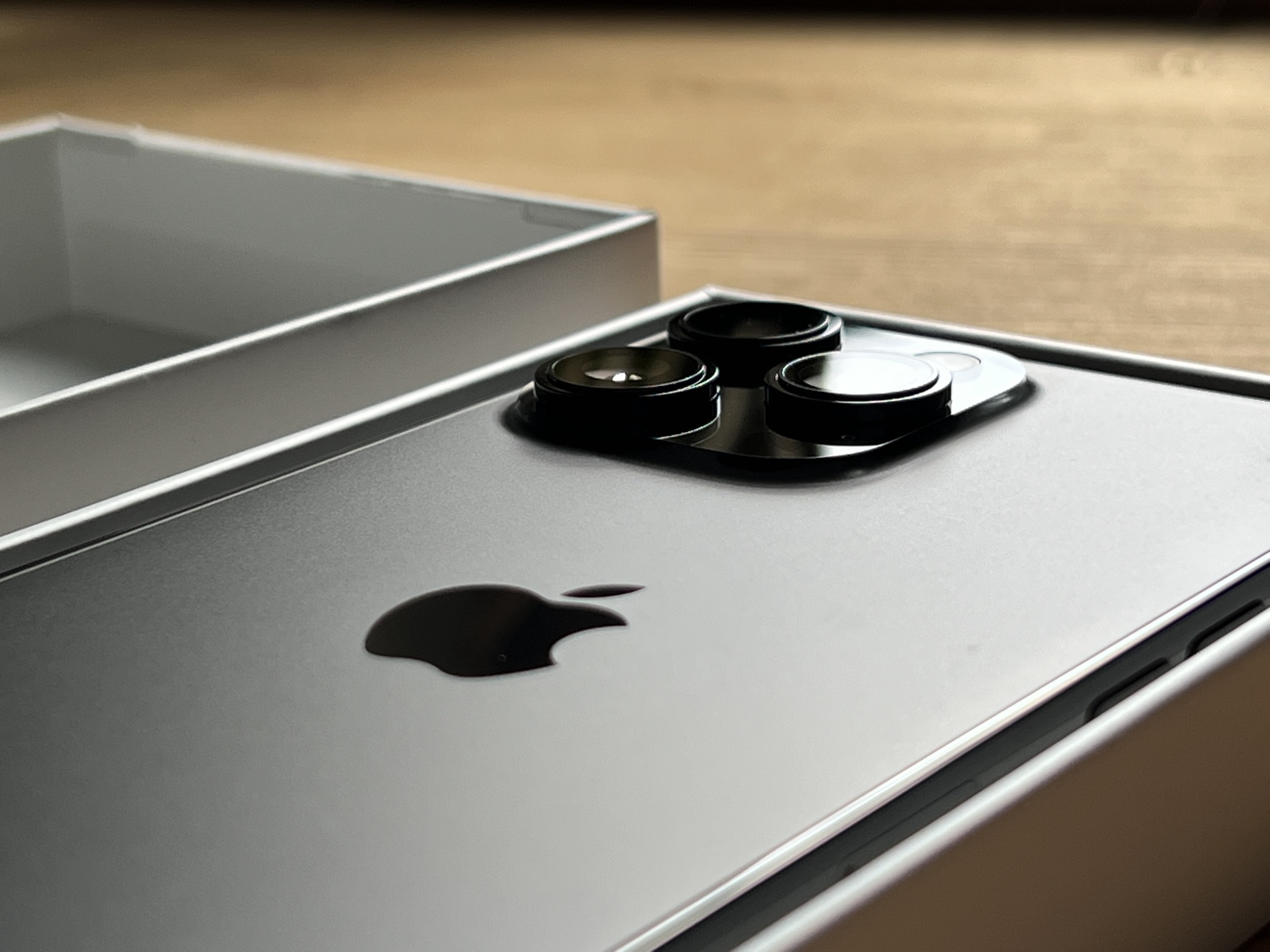
DXOMark speaks clearly
But the 108 MPx camera does not break records. When we look at DXOMark, so its leading bars are occupied by phones with a resolution of around 50MPx. The current leader is the Google Pixel 7 Pro, which has a 50MPx main sensor, as is the Honor Magic4 Ultimate, which shares the top spot with it. The third is the iPhone 14 Pro, the fourth is the Huawei P4 Pro again with 50 MPx, followed by the iPhone 50 Pro, which here with their 13 MPx sensors look like bright exotics. The Galaxy S12 Ultra is only on the 22th place.

So Apple chose the ideal path, where it did not skip the resolution in any way and compared itself to the best competition, among which the higher resolution does not yet stand out in any way, and according to expert tests, it seems that 50 MPx is really the ideal resolution for use in mobile phones. In addition, 200MPx is definitely not the end, because Samsung wants to go even further. Its plans are really ambitious, as it is even preparing a 600MPx sensor. However, its use in a mobile phone is rather unlikely and it will probably find use mainly in autonomous cars.
 Adam Kos
Adam Kos 


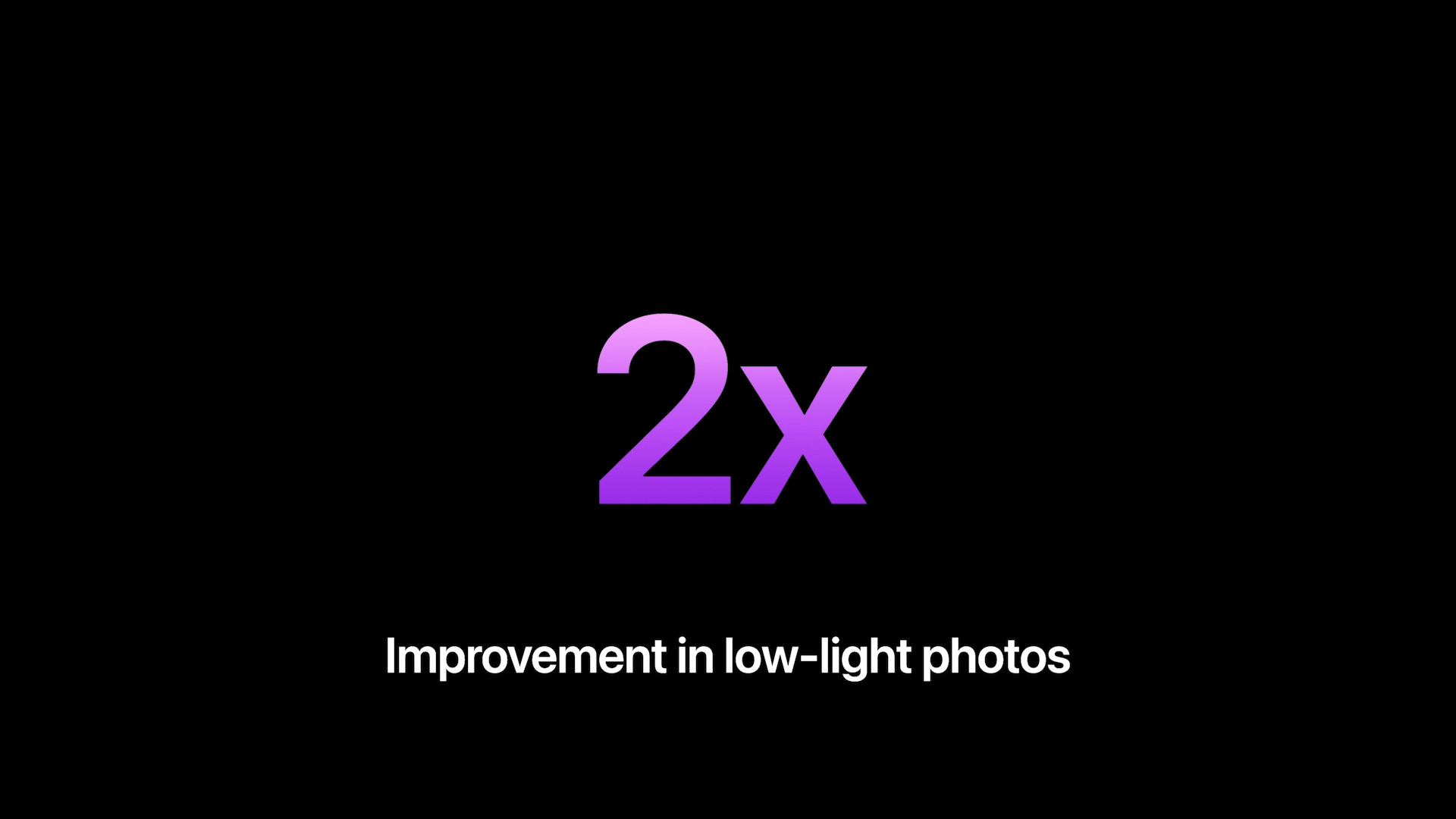




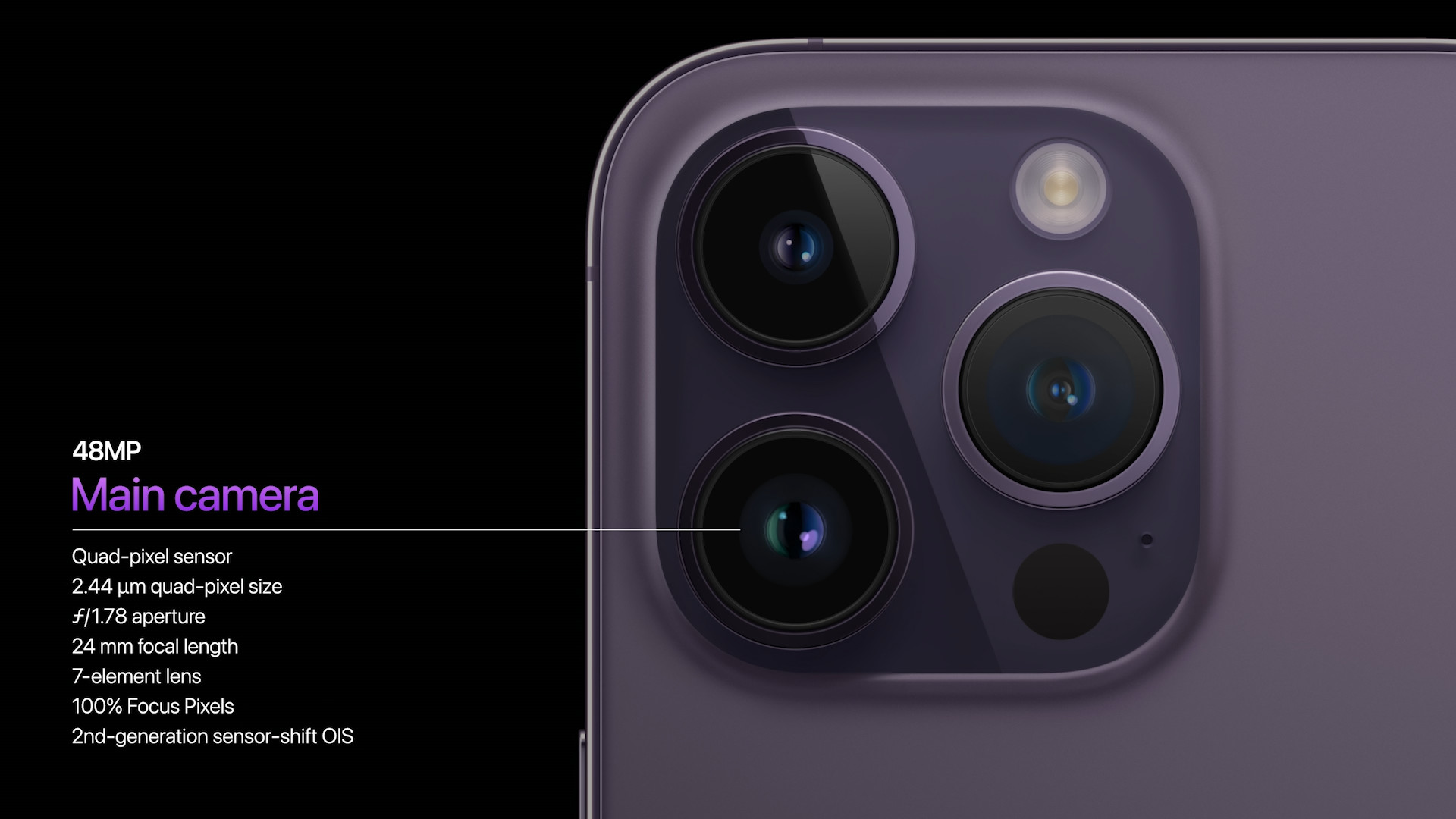
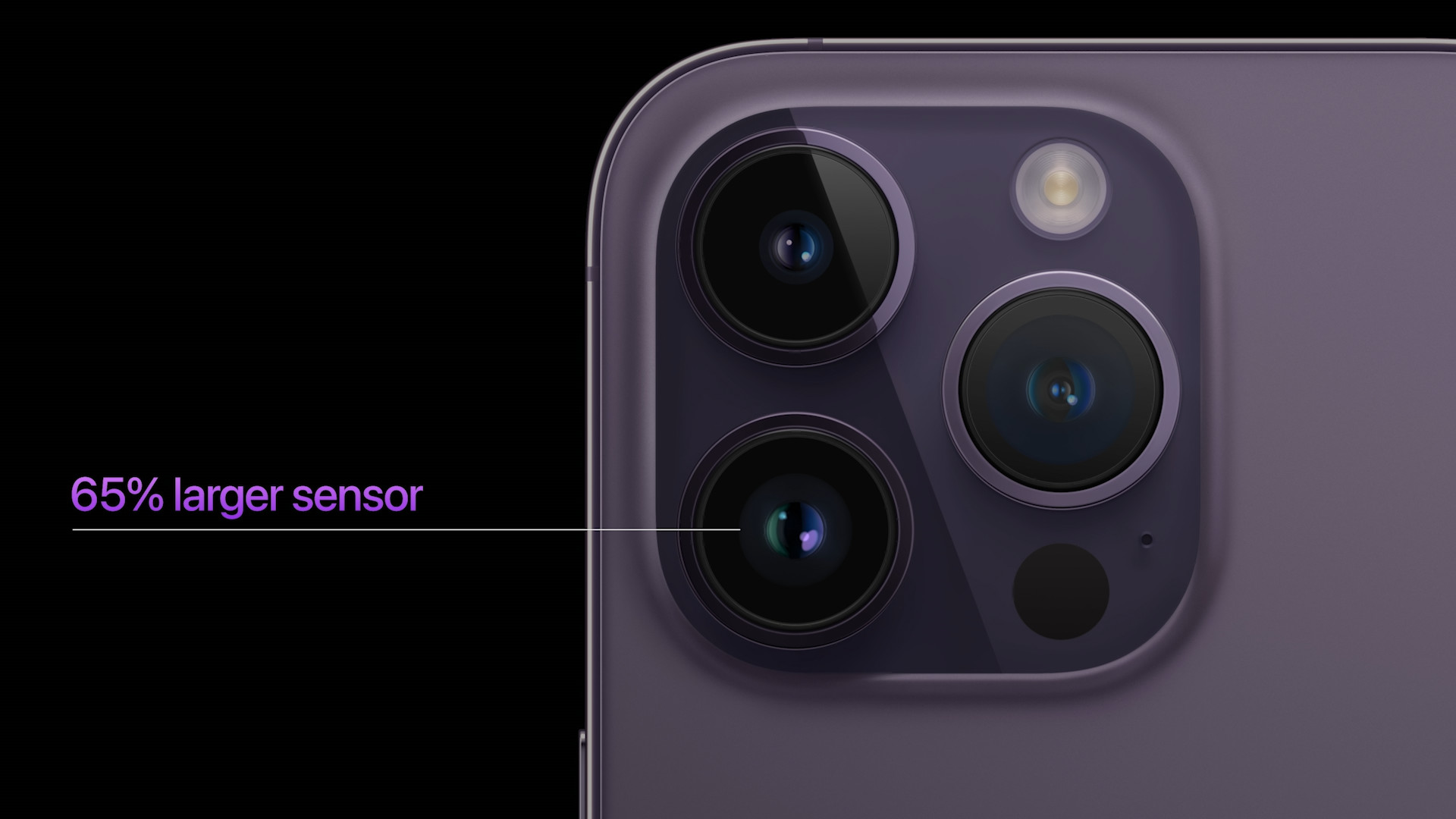

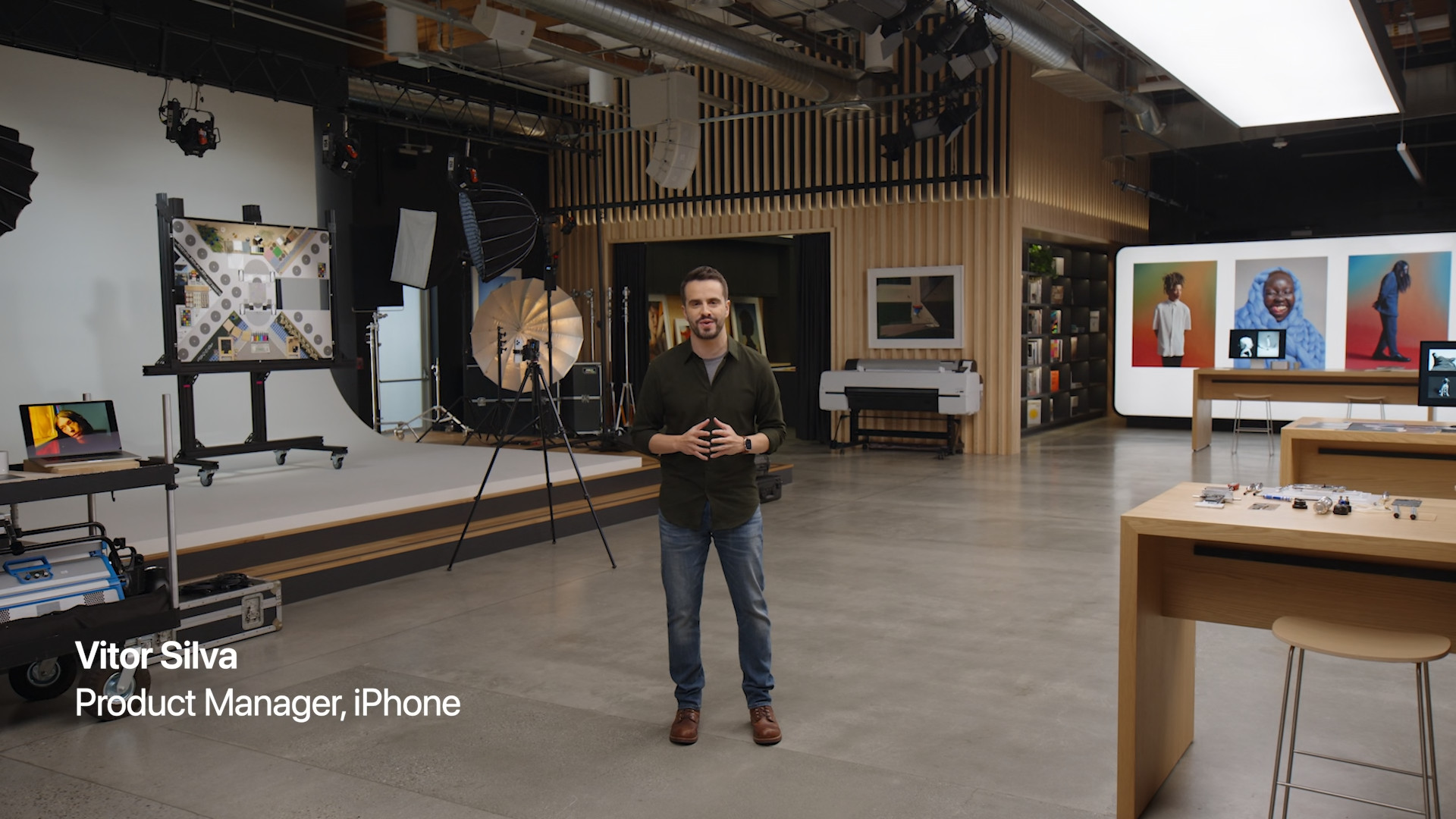
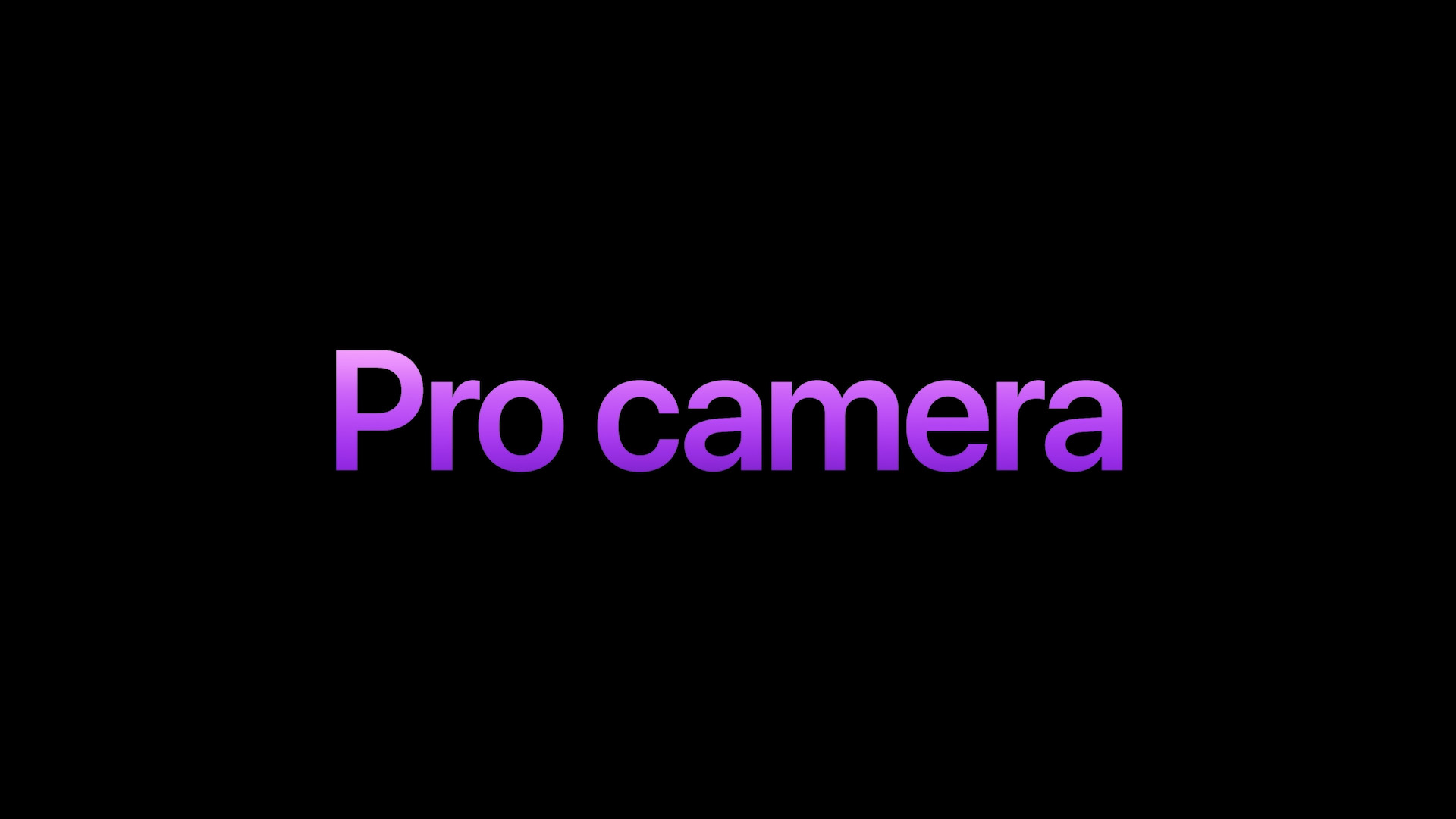
So according to the article choosing a lower number of Mpx in the camera determines its 3rd place in the ranking of the best smartphones?
So that's the article 😂 of course 200mpx is better and above all it will be over time if it is debugged it's a new technology so you have to wait for version 2 or 3.... But the xiaomi 12t already takes incredible photos for me and I'm curious how the s23 will turn out, but for example with the xiaomi the zoom is incredible and the connecting pixels are also very good.